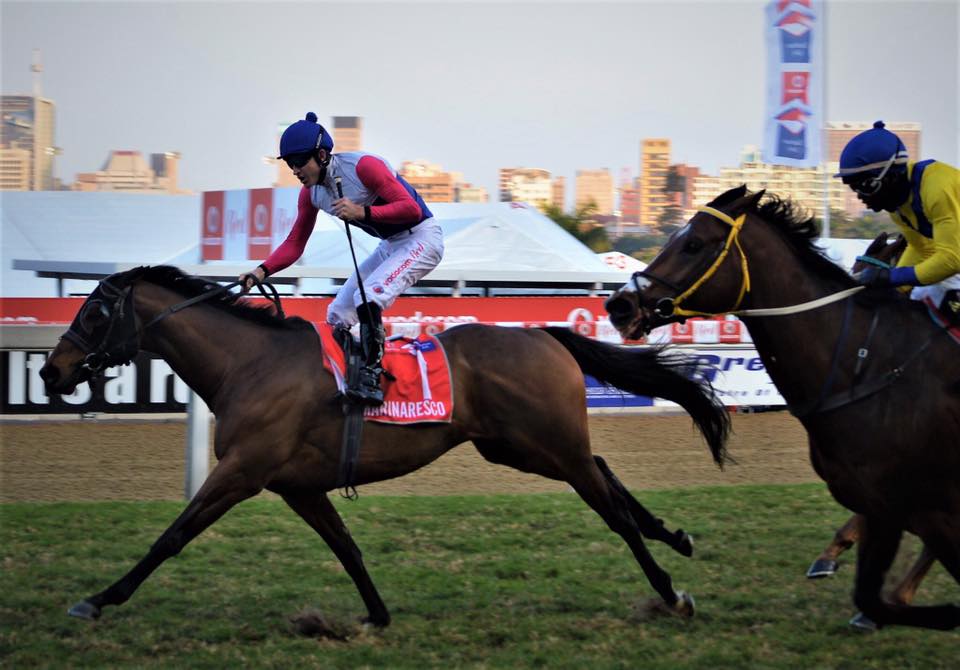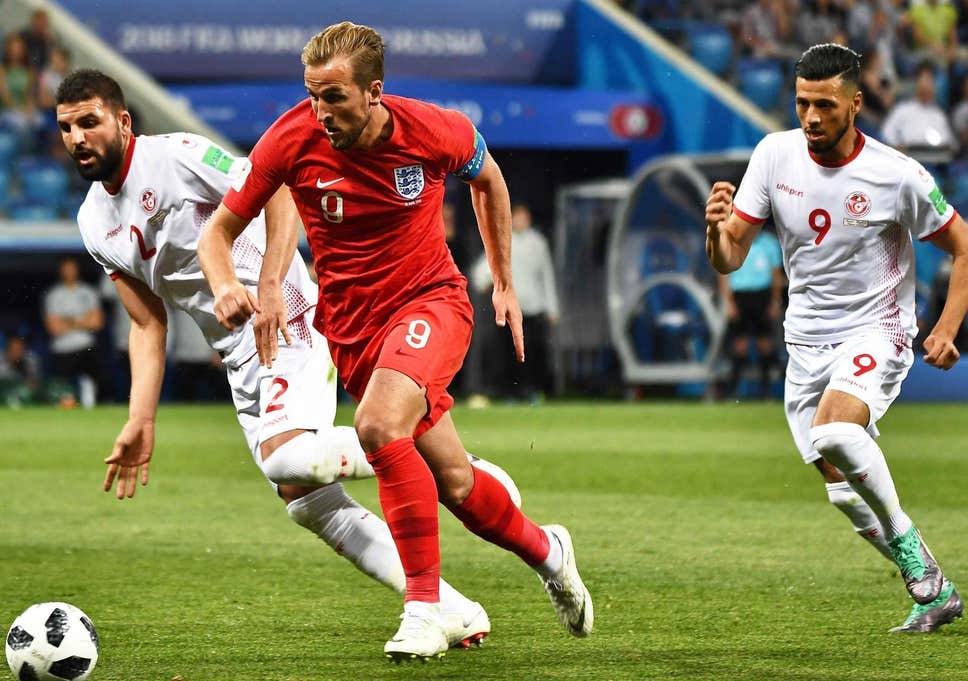Author: Jonathan Turner
It’s the time of the tennis season that has, for much of the past 15 years, been dominated by one man. The kind of domination not seen before and likely will never happen again.
The ATP Tour’s European clay court swing – typically starting at the Monte Carlo Masters in April and culminating with the French Open at the end of May with the Barcelona Open, Madrid Open and Rome Masters in-between – has of course been Rafael Nadal’s playground.
The Spaniard, currently ranked world No 2, has won the Monte Carlo and Barcelona titles 11 times each, he is an eight-time champion in Rome and lifted the Madrid trophy on five occasions, while 11 of his 17 grand slam titles have come at the French Open. There will forever be debate over the greatest male tennis player of all time, but the greatest ever clay court player is undisputed.
Yet, with Roland Garros fast approaching, Nadal’s stranglehold on this stretch of the season has certainly loosened this year and his aims of adding a 12th title in Paris look in serious danger.
After returning from (his latest) injury in Monte Carlo, it appeared to be business as usual as Nadal swept through the early rounds to reach the semi-finals. Unsurprisingly a massive favorite against last-four opponent Fabio Fognini, the 32-year-old was completely out of sorts to lose comprehensively 4-6, 2-6 in a performance he described as his “worst on clay in 14 years”.
A few eyebrows were raised following the surprise defeat, but equally many viewed it as little more than a blip. After all, even the incomparable Nadal was allowed the odd off day, particularly as he had just returned from injury. He would come roaring back in Barcelona to remind everyone of his peerless prowess on the red dust.
Instead, he scraped through his opening assignment, a second-round win over Leonardo Mayer during which Nadal dropped his first set in Barcelona for four years. That was followed by a much-improved performance against fellow Spanish athlete David Ferrer, before another narrow win against German Jan-Lennard Struff – a player of great power but not commonly suited to the clay.
Nadal still entered his semi-final against Austrian Dominic Thiem – arguably the second-best clay court player in the world – as the favorite, but was outplayed in all departments to lose 4-6, 4-6.
Those who had raised eyebrows after Monte Carlo, have now turned in to ringing alarm bells.
Despite the defeat, Nadal insisted post-match that he had plenty of reasons for optimism, after his confidence took a knock in Monte Carlo.
“After this week my confidence is back,” Nadal is quoted as saying by the ATP Tour website. “I really believe that I made very good improvements to create a good base to try to achieve my goals during the next couple of weeks.”
Those goals will undoubtedly include a return to winning ways at the Madrid Open next week followed by the Rome Masters before aiming to peak at the French Open.
But compared to past years when Nadal entered the clay court swing after extended breaks following injury, the gap he held on his rivals has closed significantly, and that doesn’t even include the potential threat posed by the curiously out-of-form world No 1 Novak Djokovic.
Thiem, whom Nadal beat in last year’s French Open final, may lead the chasing pack, but the likes of Russian Daniil Medvedev – finalist in both Monte Carlo and Barcelona – a resurgent Kei Nishikori, the talented Stefanos Tsitsipas, and of course Djokovic, could view this as their best chances yet to knock Nadal off his French Open throne.
There is still plenty of time for Nadal to rediscover his best form in time for the grand slam in Paris and he is still the favorite to add a 12th Roland Garros title. He will almost certainly reach the latter rounds of the French Open, by which time his rhythm may well have returned to a level where he is once again unbeatable.
American tennis legend John McEnroe once famously said: “Some say beating Rafa over five sets on clay is the toughest thing in sport – not just tennis.” For a long time that certainly seemed the case, considering Nadal has only lost two of 88 matches played in Paris. The Mallorca born tennis player may well extend that remarkable record, but for only the second time in his career – the first being 2015 when he was seriously out-of-form following surgeries on his wrist and appendix – questions are being raised about Nadal’s clay court dominance.





